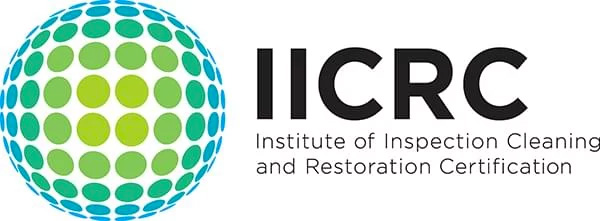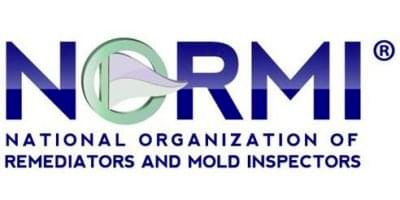All About Carpet Mold
Are you having trouble with carpet mold? Mold is a serious issue in many homes across the nation. It can be especially annoying if you find some mold growing on your carpet. You may find it difficult to decide whether it’s reasonable to clean the carpet or completely discard it.
It’s important to remember that mold isn’t only an aesthetic issue. Some people may experience moderate to serious health effects from a high mold concentration in the air. That’s why you should always address mold problems as soon as possible.
In the following paragraphs, we are going to cover all the main points related to carpet mold. You’ll learn about carpet mold prevention and other crucial aspects of mold control in your home.
Is Your Carpet Moldy?
Check out the following two signs that your carpet may harbor mold.
- Musty stench - The mold spores emit a musty smell that may be borderline nauseating for some people. Noticing an odor like this calls for quick mold remediation procedures.
- Visible growth - Do you see discolored areas on your carpeting? Maybe something fuzzy is growing in the carpet? In some cases, spotting carpet mold is simple and only requires a visual confirmation.
When Does A Carpet Need Replacement After Water Damage?
First of all, let’s look at the three types of water damage that your carpeting may be subject to.
- Type 1 - Clean water that comes from a sanitary source. The carpet has soaked in the water for less than 48 hours. For instance, a water supply line burst and soaked the carpeting for 4 hours.
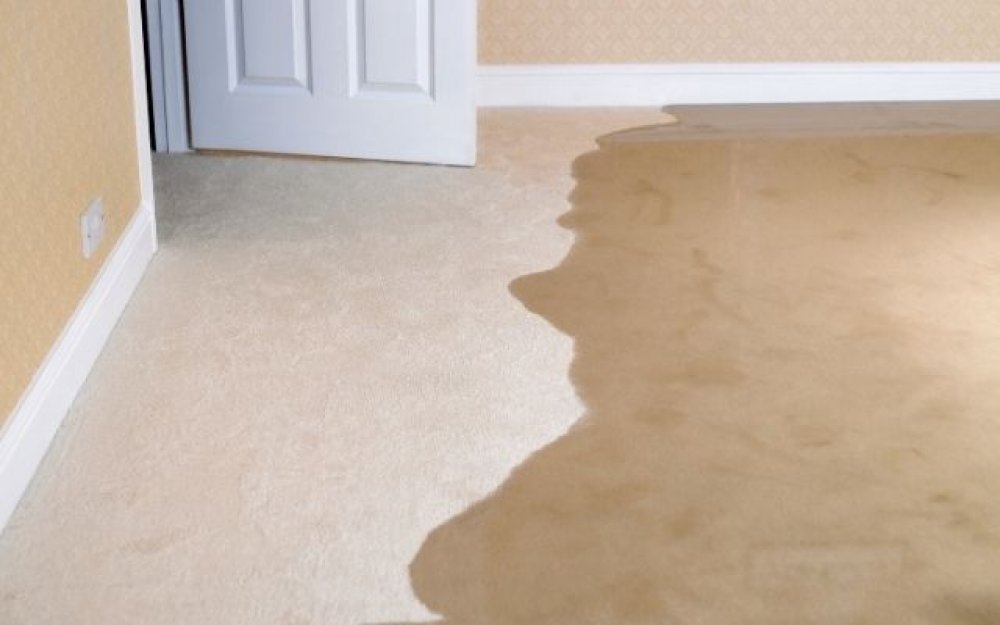
- Type 2 - Gray water that came from a washing machine or shower drains. This type of water damage is a bit trickier.
- Type 3 - Blackwater stands for outdoor flood water or a sewer backup. Similarly, an overflowing toilet produces only black water. This type of water damage is toxic.
Now, it’s time to see whether you can salvage your carpet or have to replace it, depending on the source of water damage.
- Type 1 (< 48 hours ago) - It’s possible to save the carpet and its padding. You should get professional help to employ expert-level water extractors. These devices can remove the moisture from inside the carpeting. No detachment is necessary,
- Type 1 (> 48 hours ago) - More than 48 hours of soaking means that the mold spores have begun to take hold and expand in the carpeting. The subsequent contamination means you have to treat your carpet the same way as a Type 2 event.
- Type 2 - When your carpeting has been flooded with gray water, you have to discard the pad. The extraction of water from the carpet itself is possible. However, treatment with mold-destroying chemicals is necessary. You have to re-install the carpet after adding a new pad underneath.
- Type 3 - Blackwater is nothing to take chances with! You need to get rid of both the pad and carpet as soon as possible, and even that’s not enough. Before you install a new carpet and pad, make sure to treat the underlying flooring with disinfecting agents. This is important as black water may contain all sorts of contaminants.
How To Prevent Carpet Mold In Your Home?
The proactive approach here is the complete prevention of mold growth taking place in carpeting. Since mold needs the right conditions to expand and thrive, you need to keep these in check. This will help your carpet last longer and prevent damage.
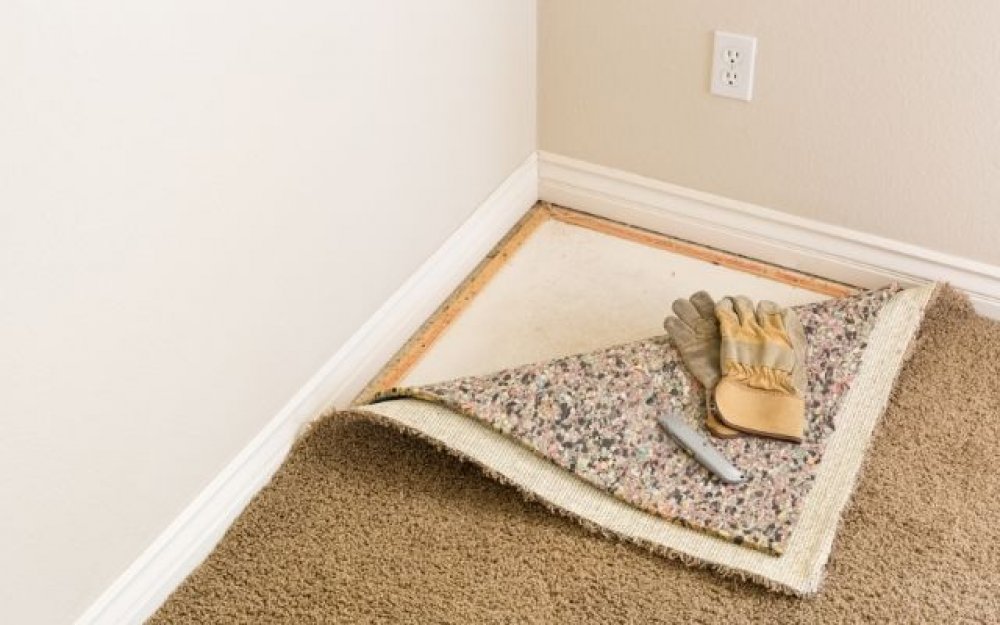
Here are the top tips for preventing carpet mold:
Quickly Remove Standing Water
You need to make sure that your carpet isn’t exposed to standing water. The carpeting will get ruined pretty quickly. For instance, exposed carpets need to be cleaned and dried following a water leak incident or spill.
During the cleaning and drying, it’s essential to reach all the components. Remember to get the padding and the underlying floor as well. This is the only way you can prevent the carpet from turning into a high mold risk area of your home.
No amount of drying is always able to save your carpeting. Extensive flooding or long-term soaking usually means that you need to replace the carpet. It’s the only safe way to move forward in severe cases.
Control Your Indoor Humidity
Dehumidifiers help to reduce your indoor moisture levels. This is one of the basic steps of mold prevention. As the mold spores require water to grow, removing the excess droplets from your indoor surfaces and air mitigates mold risk.
Whenever your indoor humidity exceeds 60%, it’s time to get proactive and counter the moisture problem. However, the normal humidity range is still quite liberal. Anything between 30% and 60% shouldn’t normally pose any problems.
Purchase The Right Carpet Padding
Pick carpet padding for your home that minimizes the risk of mold growth. The best paddings are solid while boasting antifungal and anti-microbial properties. Make sure that the carpet padding is a rubber slab type.
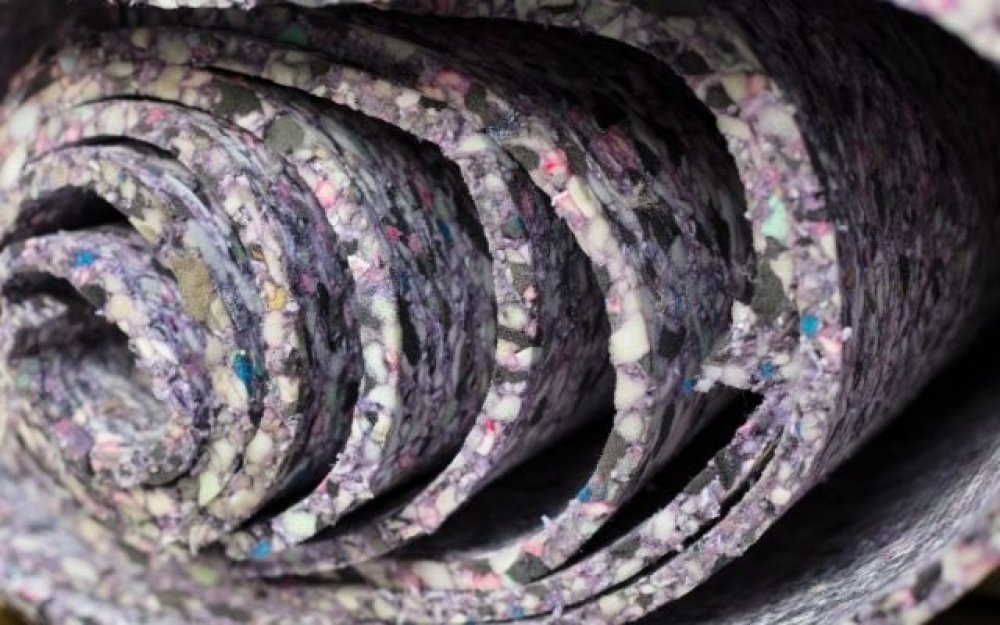
Buying the proper carpet padding is especially important in areas that experience high humidity levels on a frequent basis. The only downside of the mold-controlling carpet padding is the higher price point. For many homeowners, paying that premium is worth its benefits.
Put Carpeting Only In Low-Moisture Areas
The location of your carpeting can increase or decrease the chance of mold trouble. Keep high-moisture areas of your home free from carpeting. For instance, bathrooms and laundry rooms have higher than average humidity levels.
Analyze your home’s carpeting situation to make better decisions. If you have carpets laid out in rooms with frequent water use, consider replacing the carpeting with a more mold-resistant material.
In A Nutshell: All About Carpet Mold
Carpet mold is a potential health issue that lowers the aesthetic quality of your home as well. Look out for the common signs of visible growth and musty smell. If your carpet is soaked, follow our handy guide to determine your next step in combating the potential mold intrusion.
If you need further help regarding mold growth in your carpets or other areas of your home, contact Markham Mold Inspection and Testing. We have extensive knowledge and experience in preventing and removing mold.
